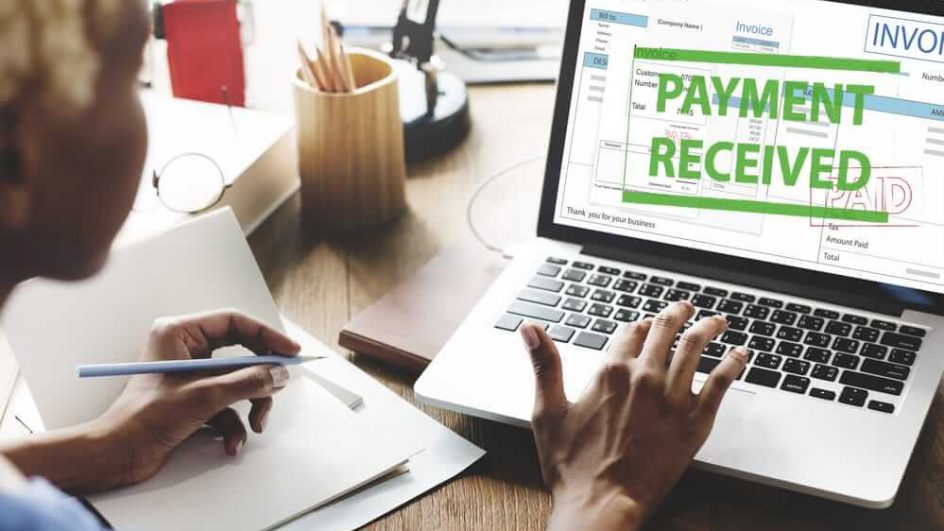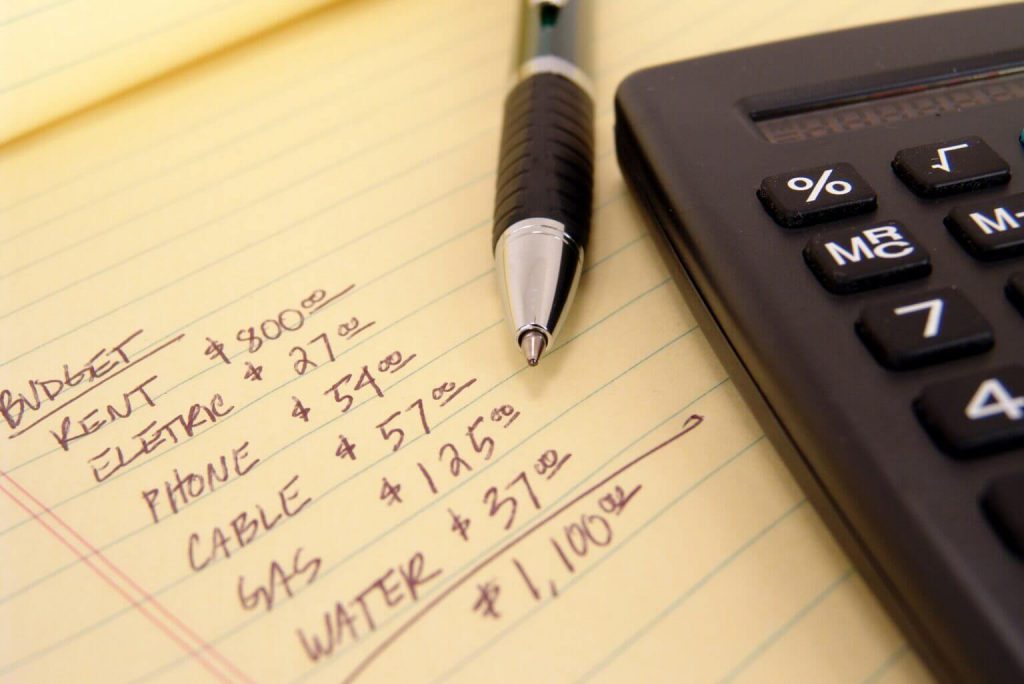Things to Know About Accounts Receivable and Debt Collection
The world would be a better place if everyone paid their invoices on time, right? When you sell your product to a customer, they must pay you for it – it is your main objective to get paid and receive the money to your bank account as quickly as possible. Well, welcome to the real world. Accounts receivable collection becomes crucial and necessary when your customers do not pay on time.
In most cases, accounts receivable is executed by generating an invoice and sending it to the customer who, in turn, must pay it within an established timeframe. But are invoices always the only option to collect your debts? Not necessarily!
In this article, we will walk you through some payment alternatives. But first let’s explain what Account Receivable actually is:
- Accounts receivable is the money that is owed to a company by a customer who purchased goods or services on credit.
Alternative Debt Collection Payment Methods
Now, we’ve put together a list of payment methods that you can offer your customers in order to get paid faster:
- Cash – The best option ever. You provide the customer with the product; they pay for it in cash and the money is in your pocket immediately.
- Debit Cards. The next best way for clients to pay for their purchase. Fees are quite low, between 1% – 1.6%. and you get the remainder the following business day in your bank account. You will need a card reader as in 3 below.
- Credit cards – Nice, but not as good as cash payments or debit cards. Credit card companies charge a fee of between 1.3% and 3.4%, plus you need to have a credit card reader to process the payments. Costs for a card reader varies; think of $300 for a basic unit. You get the money in your bank the following day minus the transaction fees. Plus, reward cards are prevalent. The customer receives travel miles, points, cashback etc. Guess who is paying for those rewards in transaction fees? As an example, American Express is so expensive that many vendors refuse to accept them.
- PayPal – Almost the same as a credit card. Consumers like PayPal because they don’t have to reveal their credit card to the vendor. But PayPal isn’t cheap as you will lose between 2.9% and 4.4% of the value of the transaction.
- Cheques – Almost as good as cash. Cash is in your bank when the cheque clears, usually in 4-5 days. There are no deductions as with a credit card sale. The only thing you have to keep in mind is to check your customer’s ID corresponds with the printing on the cheque.
- Cash on Delivery (COD) – Using this method can be risky unless you obtain a significant deposit. If the item is customised, or unique, you take some risk, should the client change his mind and decide not to buy it. You may have to absorb the cost of manufacture or acquisition and be left with an unsaleable item. Even if he does purchase the item, but pays with a credit card, you still have to pay the fees as in 2 or 3 above.
- Invoice – In this case, you provide the product or service and send the client an invoice. The invoice should include your terms, i.e. how long you will wait for payment, after which you will charge interest. We recommend that you set this period at 14 days, rather than the conventional 30 days. Some customers will honour that and pay on time. Others, especially large enterprises, will pay no attention to your payment terms and pay in their own time and at their convenience. The good news is that such clients pay by cheque, meaning you get all your money without deductions, but just later than you might desire.
- Purchase Order – Large businesses will often insist that a Purchase Order Number accompanies all orders from them to you. This is a number their agent provides, and which you must reference on your invoice. Don’t forget to do so because, without that number, they will not pay you! Once again, they will pay by cheque, which is good.
So What Accounts Receivable Are All About?
Let’s go back to Accounts Receivable. The whole objective of Accounts Receivable is to get the cash from sales into your hand as soon as possible. Your invoicing or bookkeeping app will provide a report called ‘Aged Receivables’, or similar. It shows all the clients who owe you money and how long they have owed it. Wherever you find an unpaid invoice or invoices that have been outstanding for more than a few days over your term limit, you need to take action.
Accounts Receivable Collections Step-by-Step
Here’s a checklist of what to do when your customer hasn’t paid the invoice:
A week or so following the due date of the invoice
Use your invoicing or bookkeeping app to create a Statement showing all the invoices that haven’t been paid and are overdue and email, or mail to the client. This is a gentle reminder and the least aggressive tactic in your armoury..
Contact the client
Contact the client and be polite and have the invoice at hand in case a reminder of the details is required. Make sure to ask if the service or product was satisfactory and the invoice is not in dispute.
Write a reminder letter
Write a formal letter on your letterhead reminding of the outstanding amount, provide a copy of the invoice or invoices, and demand immediate payment. Some call this a Dunning Notice. Let them know that you are considering legal action. We suggest that you put a block on selling anything further to that client in the future unless he pays for it upfront.
Get a law firm to write a letter to your client
Taking into consideration that you have to pay the lawyer, it only makes sense to resort to this method if a large amount of money is at stake. The threat should include a statement that if they don’t pay immediately, you will place the invoice ‘For Collection’. This means you are prepared to employ an outside collection agency to pursue the claim on your behalf. This should scare the client because such action quickly becomes public knowledge. It will affect his credit rating. Now, everybody knows that he is not paying his bills and can draw their own conclusions.
Place the invoice for collection
Really at this stage, your expectation for being paid is relatively low. You can find collection agencies on the Internet or in Yellow Pages. Some will operate on contingency, i.e. if they collect anything they keep 24-40% for their efforts; you get the rest. You are just hoping to get something out of the sale.
Factoring
This is a financial transaction and a type of debtor finance in which a business sells all its outstanding invoices to a third party (called a factor) at a discount. The factor will pay you a large percentage of all the outstanding invoice amounts at once. The factor will then be responsible for collecting the money from your clients. You might do this to raise cash quickly rather than taking out a bank loan.
Accounts Receivables Processing: War Stories
Let us share with you some examples based on our own experience:
- We conducted business with a large vehicle manufacturer. They always required a purchase order number. Payment policy was to pay invoices 29 days after the month the invoice was issued. So, this means they paid invoices 60 days late as a routine. They ignored phone calls, Statements and letters. One day we received an order from a departmental manager with a PO number, and so we duly performed the service. 2 months passed , and other invoices were paid, but not this one. Investigation revealed that our departmental manager had quoted an incorrect PO number! It then took another 60 days before we received our payment. Their problem, but no apology, no express payment, and they paid us no interest for the delay.
- A large multinational business was short of cash. So, they instituted an internal policy to only pay invoices after receiving a lawyers’ demand. A couple of years later, they went bankrupt.
- We sent an invoice to a client containing several line items, adding up to several thousand dollars. However, we were not able to supply one of the small items, valued at $10. The client refused to pay the rest of the invoice until the $10 item was delivered some months later!
Accounts Receivables Best Practices
- Cash is King. Always take money in cash or cheque up front if you can. Credit card or PayPal is the same as a 3-4% discount.
- For a sale on an item to be delivered later, try and get them to pay up front. If not, then take the biggest deposit you can get away with – 10% to 50%. The more you can get up front the lower the risk you take.
- Make the payment terms stated on your invoices to be ‘Paid within 14 days’, rather than the usual 30. It doesn’t cost you anything and it may get your money in a bit faster.
- Understand that there is nobody employed by the customer whose job it is to worry about why they have not paid your invoice. You must stay on top of Accounts Receivable. It is a vital task for the health of your business.
- Send your invoices to the client as soon as possible. The quicker they get it the quicker you will get paid. Use an invoicing app to send it immediately after making the sale, even if you are still at their office.
- Let’s say you have a sale to a client with multiple items, but you can only supply some of them right away. Why not create one invoice for the items you can provide, and another for the delayed products? This way you get some of the cash immediately and the client has no reason to delay payment.









 Yes, we use
Yes, we use